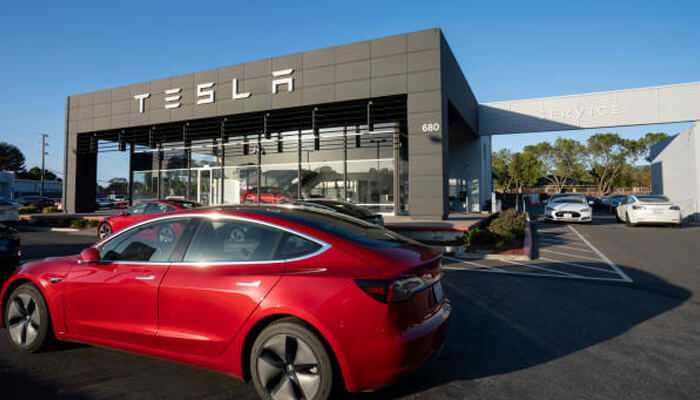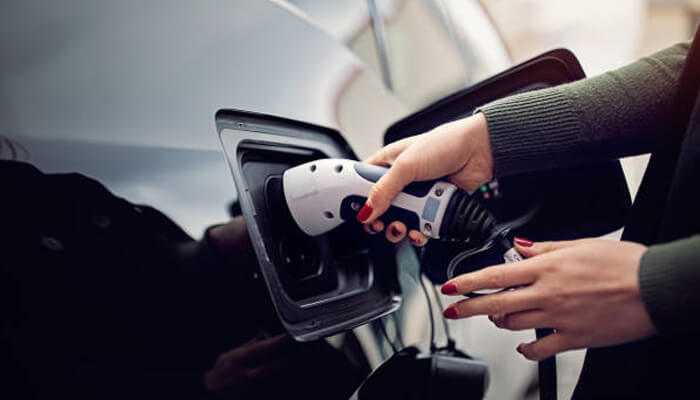Tesla’s ambitious endeavor to improve electric vehicle charging with its battery swap technology eventually failed. However, in an unexpected turn of events, Stellantis, a prominent vehicle manufacturer, has expressed interest in the supposedly abandoned project. Could Tesla’s unsuccessful attempt hold the key to unlocking the future of electric vehicle adoption?
An electric car can be “fast charged” to 80% in 20 minutes. What if, however, you could simply replace the batteries—like AAs in a toy—and return to driving a fully charged vehicle in a matter of minutes? Although switching batteries seems like a simple fix, there have been some well-known incidents where this hasn’t worked.
Ten years ago, Tesla declared that it would establish a Tesla’s battery swapping station network capable of replacing the Model S’s battery pack in just ninety seconds.
However, it was eventually abandoned, like many of CEO Elon Musk’s ideas that were made public, with Musk arguing that consumers weren’t interested.
Furthermore, reports at the time stated that in 2013. Better Place, an Israeli company that offered battery swapping, went out of business after spending 0 million in capital and only deploying roughly 1,000 cars.
However, the concept has once again come to pass, at least in Asia. Since 2019, Chinese electric vehicle manufacturer Nio has provided battery replacements for its cars. After completing more than 32 million battery swaps at more than 2,100 stations since then, Nio now asserts its position as the largest battery-swapping technology operator in the world.
In an effort to include the concept in upcoming EV models, Stellantis, the multinational automaker that produces Jeep, Dodge, and Fiat cars, is now testing it out on a small scale. However, there is one important difference.
This implies that rather than the 90 seconds Musk had promised, it might take five to ten minutes, at most, to change the batteries, depending on the size of the car and the number of modules. However, having distinct little battery packs has many benefits.
In addition to Stellantis, Ample is collaborating on a battery-swapping experiment involving commercial trucks in Japan with Mitsubishi Fuso, a manufacturer of heavy machinery. The San Francisco Bay area is being used for the system’s testing by a range of Uber vehicles operating in the United States.
As per the company, “a few hundred” battery-swapping stations are used daily at Ample’s 12 locations in the Bay area.
Depending on the circumstances, drivers can choose to swap out or plug in the Ample battery modules, which can still be charged in the car using a standard EV charger. The majority of EV owners could still leave their cars plugged in at home overnight.
In addition to Stellantis, Ample is collaborating on a battery-swapping experiment involving commercial trucks in Japan with Mitsubishi Fuso, a manufacturer of heavy machinery. The San Francisco Bay area is being used for the system’s testing by a range of Uber vehicles operating in the United States. As per the company, “a few hundred” battery-swapping stations are used daily at Ample’s 12 locations in the Bay area.
Depending on the circumstances, drivers can choose to swap out or plug in the Ample battery modules, which can still be charged in the car using a standard EV charger. The majority of EV owners could still leave their cars plugged in at home overnight.




